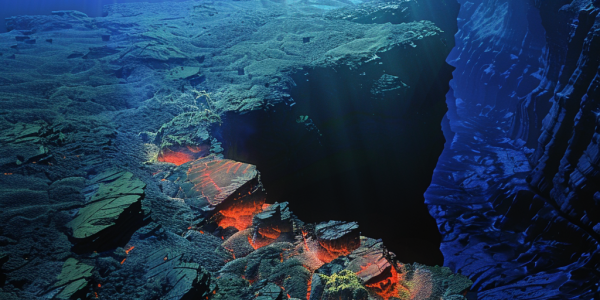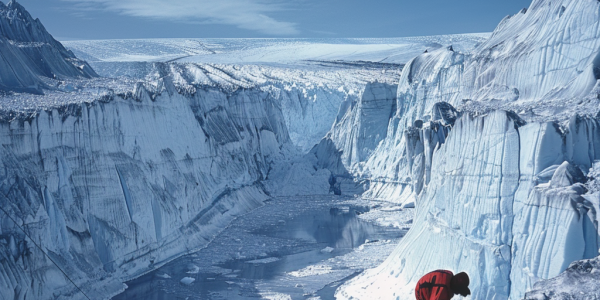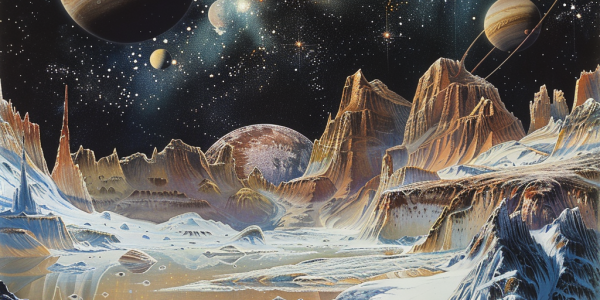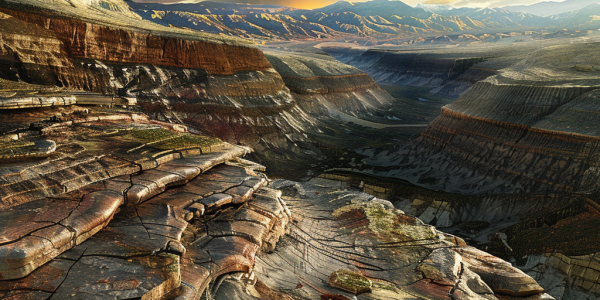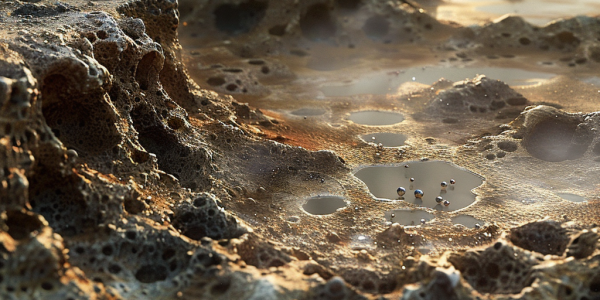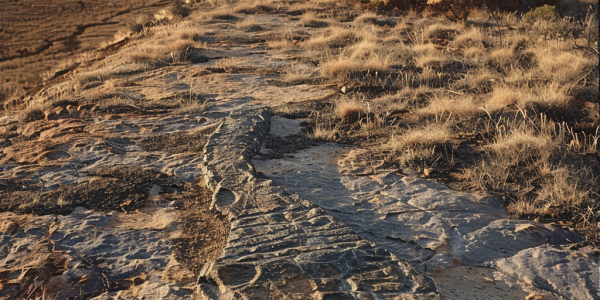Ancient Seafloor Slab Discovered Beneath Pacific Ocean Sheds Light on Earth’s Mantle
A groundbreaking geological discovery in the Pacific Ocean reveals an ancient slab of seafloor, dating back over 120 million years, that has been sinking into the Earth’s mantle. This finding enhances our understanding of geological processes and the enigmatic behavior of the Earth’s mantle, shedding light on the interactions between tectonic plates and large low-shear-velocity provinces (LLSVPs). Researchers highlight the significance of this ancient slab in unraveling the mysteries of Earth’s geological history.
Oregon State University Study Explores Ancient Climate Through Ice Cores
Oregon State University professor Cristo Buizert is analyzing Greenland ice cores to uncover Earth’s climate history. This groundbreaking study focuses on Dansgaard-Oeschger events, revealing insights into abrupt climate changes that could inform future climate predictions. Understanding these historical shifts is crucial as the world faces ongoing climate change challenges.
Exploring the Solar System’s Fascinating Icy Bodies
Explore the fascinating icy bodies of our solar system, including Europa, Enceladus, Triton, Ceres, Mars, and Pluto. Discover how these frozen worlds, with their unique features and potential for harboring life, are the focus of ongoing scientific research and exploration. Learn about NASA’s missions and the vital clues these celestial bodies may hold about life beyond Earth.
Scientists Propose Diamond Dust as Unconventional Solution to Global Warming
Scientists at ETH Zurich propose an innovative geoengineering solution to combat global warming: injecting diamond dust into the atmosphere. This unconventional method could potentially lower global temperatures by 1.6°C, raising discussions on the feasibility and ethical implications of such a massive project. As climate change intensifies, the exploration of alternative aerosol particles like diamonds highlights the urgent need for effective climate solutions.
Ancient Zircon Discovery on Easter Island Challenges Volcanic Activity Understanding
Recent research from Colombia’s Universidad de Los Andes reveals that zircon minerals on Easter Island date back 165 million years, challenging existing geological timelines. Led by geologist Yamirka Rojas-Agramonte, this groundbreaking study suggests a more complex history of volcanic activity and Earth’s mantle dynamics, reshaping our understanding of hotspot volcanoes and their formation.
Navigating Privacy and Meteorite Origins in the Digital Age
Explore the critical intersection of user privacy and astronomical research in our digital age. Learn how cookie management impacts personal data protection and discover groundbreaking findings on meteorite origins that enhance our understanding of planetary formation. Stay informed about your privacy choices and the broader implications of celestial studies.
Unveiling Zealandia: The Hidden Submerged Continent of the Southwest Pacific
Discover Zealandia, the submerged continent of the southwest Pacific, recently mapped by geologists revealing its rich geological history and significance. Spanning over 5 million square kilometers, Zealandia challenges our understanding of continental formation and offers insights into ancient landscapes and Earth’s evolution. Learn more about this hidden landmass and its geological mysteries.
New Research Challenges Stability of Earth’s Ancient Cratons
Recent geological studies reveal that Earth’s ancient crust, known as cratons, is undergoing significant changes, challenging long-held beliefs about their stability. Research on the North China Craton highlights dynamic processes leading to ‘decratonization,’ reshaping our understanding of geological stability and the evolution of Earth’s crust.
New Geological Scenario Proposed for the Origins of Life on Earth
Recent research from Ludwig Maximilian University proposes a new geological scenario for the origins of life, focusing on RNA replication in unique volcanic island conditions. This study highlights how simple geological processes may have facilitated the emergence of life on early Earth, providing insights into the complex interplay between environmental factors and the development of genetic material.
Ancient Fossil Discovery Sheds Light on Evolution of Complex Life
A groundbreaking discovery in Australia has unveiled the ancient creature Quaestio simpsonorum, providing crucial evidence of bilateral symmetry and the evolutionary journey of complex life over 500 million years ago. This rare fossil find from the Ediacaran period highlights the significance of paleontology in understanding Earth’s history and the ecological dynamics of early life forms.

